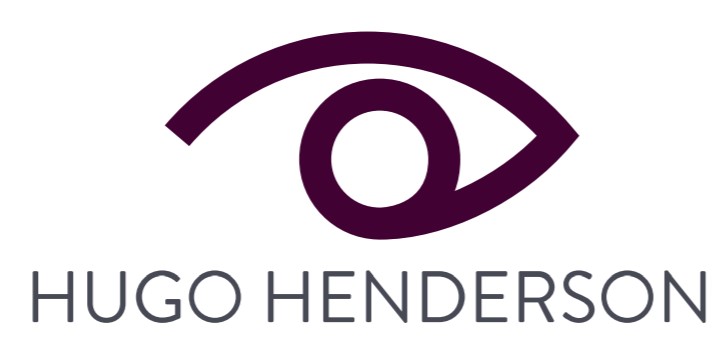Forehead Lift
Brow
Browlift
A forehead lift, or browlift, is used to create a more youthful, refreshed look to the area above your eyes. During the process, your forehead may be smoothed, eyebrows raised and frown lines lessened. This is done through either removing or altering the muscles and tissues that have caused aging to the face and will result in smoother skin and a more animated appearance.
What to expect
At the consultation
We will need your complete medical history, so make sure you have checked your own records and bring this information with you. We will specifically ask if you have any allergies, whether you are taking any vitamins, medications, or other drugs (both prescription and over the counter) and if you smoke.
The consultation will be the best time to discuss your goals and expectations for surgery and will include discussing which surgical approach will best for you. Two techniques are available, the first is the more traditional technique and this involves a conventional surgical incision hidden just behind the hairline or above the eyebrow. The second technique is more modern technique and uses an endoscope, a pencil-like camera device. This is connected to a television monitor and means your surgeon will perform the procedure with as few incisions as possible.
At your consultation, take the time to discuss with your surgeon which technique he is recommending, and why it is thought to be best for you.
Before Your Surgery
We will send you guidelines on how to prepare for your surgery, this will include advice on what to eat and drink, which vitamins and medications to take, which to avoid and what to do if you smoke. To optimise your chances of a safe and successful surgery, it is essential that you follow these guidelines. You may also need to arrange for someone to drive you home after surgery and be around to help you out at home if needed for a few days.
During Your Surgery
Our most common technique for this surgery is the more modern technique using an endoscope. Your hair will be tied back behind the hairline where the incisions are to be made and once you are in surgery, three to five short incisions will be made here. Each incision will be less than an inch in length and all will be hidden behind the hair line. An endoscope will then be inserted through one of the incisions, allowing your surgeon a clear view of the muscles and tissues beneath the skin. Using a different incision, a second instrument will be inserted, the forehead skin lifted, and the muscles and underlying tissues removed or altered to produce a smoother appearance. The eyebrows may also be lifted and secured into their higher position by sutures or absorbable hooks beneath the skin’s surface. Your surgeon may refer to these hooks as tynes.
When the lift is complete, the scalp incisions will be closed with stitches or clips and the area will be washed. Gauze and an elastic bandage may also be used.
After Your Surgery
Following your surgery, you may be advised to keep your head elevated for two to three days to keep the swelling down. Swelling may also affect your cheeks and eyes, but this should begin to disappear in a week or so.
If any bandages were used, they will be removed a day or two after surgery, while most stitches or clips will be removed within two weeks, although this can happen in two stages. You may experience the following:
- Hair loss, or thinner hair, around the incision. This is usually temporary and should resolve in a few weeks or months.
- Numbness, discomfort and/or mild swelling around the incision
- Pain at the site of the incision. This tends to be minimal, but we can prescribe medication if necessary
What are the risks?
Providing that you chose an appropriately qualified oculoplastic surgeon, and follow all the advice and guidelines given, complications with this procedure are usually infrequent and minimal. However, some minor complications that can occur in rare cases include:
- Injury to the nerves that control eyebrow movement, resulting in a loss of ability to raise the eyebrows or wrinkle the forehead. Additional surgery may be required to correct the problem
- Formation of a broad scar. This can be treated surgically by removing the wide scar tissue so a new, thinner scar may result
- Hair loss along the edges of your scar
- Loss of sensation of the forehead. This is usually temporary, but may be permanent in some patients
- Infection and bleeding
